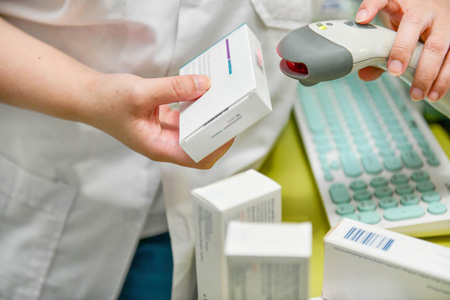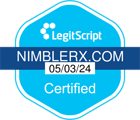


Managing Diabetes with GLP-1s: Tips for Long-Term Success
Managing diabetes requires a multifaceted approach, involving lifestyle modifications, medication, and regular monitoring. GLP-1 drugs, or glucagon-like peptide-1 receptor agonists, have emerged as a valuable tool in the arsenal against type 2 diabetes. These medications offer unique benefits, including improved blood sugar control, weight loss, and reduced risk of cardiovascular disease. However, achieving long-term success with GLP-1 drugs requires more than just administering the medication. In this blog, we'll explore strategies for effectively managing diabetes with GLP-1 medication, empowering you to take control of your health and well-being.
- Understand How GLP-1 Agonists Work: Before diving into tips for long-term success, it's essential to understand the mechanism of action of GLP-1 drugs. These medications work by stimulating insulin secretion, inhibiting glucagon release, and slowing down gastric emptying, all of which contribute to lower blood sugar levels. Additionally, GLP-1 drugs promote weight loss and have cardioprotective effects, making them valuable for people with type 2 diabetes.
- Follow Your Treatment Plan: Consistency is key when it comes to managing diabetes with GLP-1 drugs. Follow your healthcare provider's prescribed treatment plan diligently, including taking your medication as directed, monitoring your blood sugar levels regularly, and attending follow-up appointments. By staying proactive and engaged in your treatment, you'll optimize the efficacy of GLP-1 therapy and minimize the risk of side effects.
- Embrace Healthy Lifestyle Habits: In addition to medication, lifestyle modifications play a crucial role in diabetes management. Adopting healthy habits such as following a balanced diet, engaging in regular physical activity, managing stress, and getting adequate sleep can complement the effects of GLP-1 drugs and improve overall health outcomes. Aim for a well-rounded approach to diabetes care that addresses both medication and lifestyle factors.
- Monitor Blood Sugar Levels: Regular blood glucose monitoring is essential for gauging the effectiveness of GLP-1 therapy and making adjustments to your treatment plan as needed. Keep track of your blood sugar levels using a glucometer or continuous glucose monitoring system, and share this information with your healthcare provider during follow-up appointments. Monitoring trends in your blood sugar levels can help identify patterns and inform treatment decisions. Make sure you know when exactly you should be testing as well — and discuss with your provider or pharmacist for the best time to test.
- Educate Yourself: Knowledge is power when it comes to managing diabetes. Take the time to educate yourself about your condition, including how GLP-1s work, potential side effects, and strategies for optimizing treatment. Reliable sources of information include reputable medical websites, diabetes organizations, and educational materials provided by your healthcare provider. By understanding your condition and treatment options, you'll feel empowered to take an active role in your diabetes management journey.
- Stay Connected with Your Healthcare Team: Maintaining open communication with your healthcare provider is essential for long-term success with GLP-1 agonists. Be proactive about scheduling regular check-ups and follow-up appointments, and don't hesitate to reach out if you have questions or concerns about your treatment. Your healthcare team is there to support you every step of the way and can provide personalized guidance and recommendations based on your individual needs and circumstances.
- Be Patient and Persistent: Achieving long-term success with GLP-1s may take time and patience. It's normal to experience ups and downs along the way, including potential side effects from medication. Stay committed to your treatment plan, and don't get discouraged by setbacks. With perseverance and determination, you can overcome challenges and achieve your diabetes management goals.
Managing diabetes with GLP-1s requires a comprehensive approach that encompasses medication, lifestyle modifications, and ongoing support from your healthcare team. By following these tips for long-term success, you can optimize the effectiveness of GLP-1 therapy and improve your overall health and well-being. Remember that diabetes management is a journey, and you're not alone—your healthcare team is here to help you every step of the way.
The information on this site is for informational purposes only and should not replace direct medical advice, diagnosis, or treatment from your doctor or another qualified healthcare provider.
Sources:
“GLP-1 Agonists.” The Cleveland Clinic.
“GLP-1 agonists: Diabetes drugs and weight loss.” The Mayo Clinic.


.jpg)
.jpg)
.jpg)


















.jpg)





















.jpg)

















.jpg)


























.jpg)
.jpg)
.jpg)









